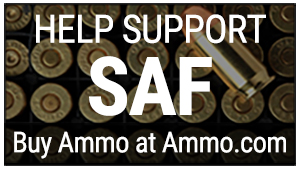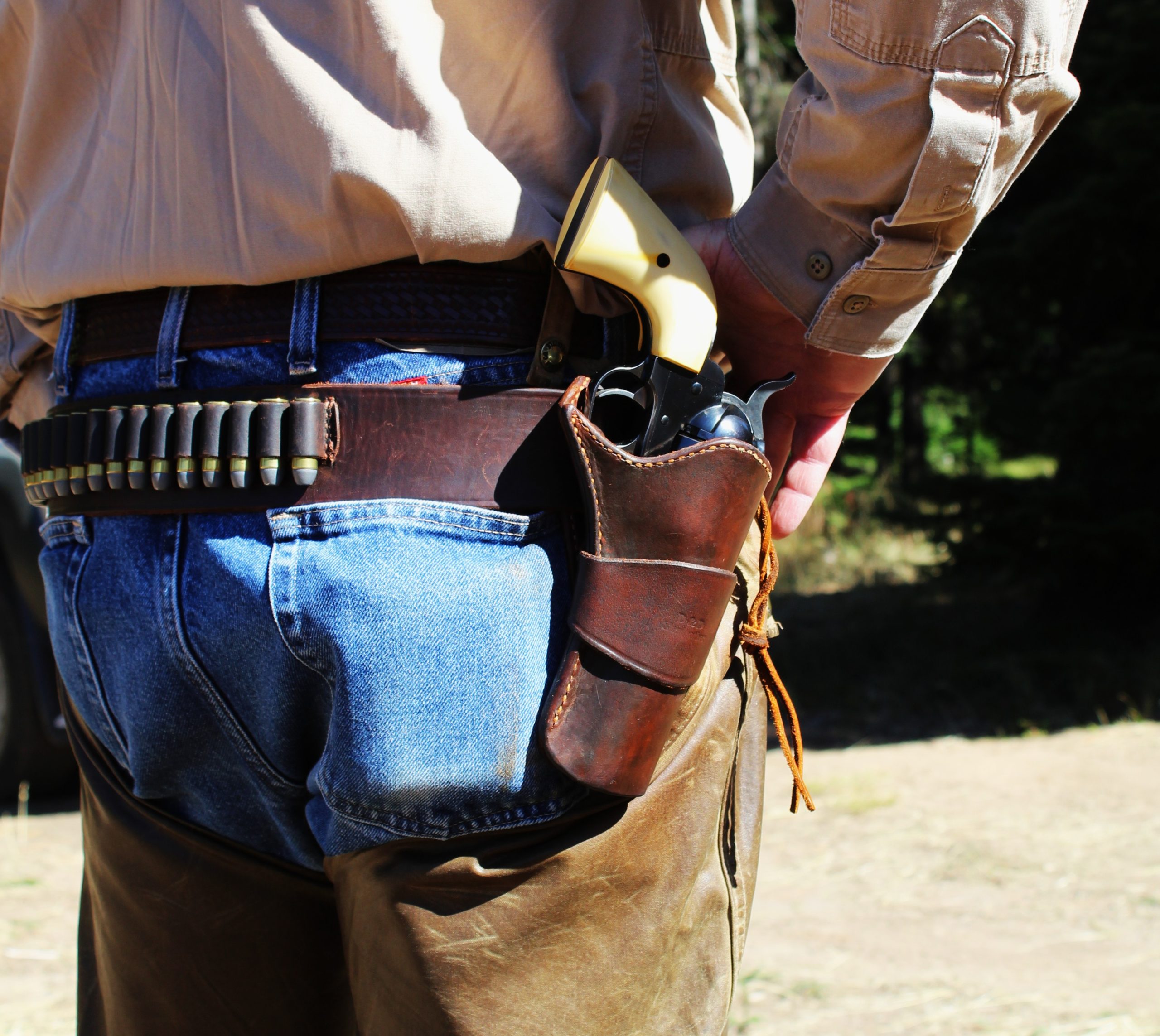
By Dave Workman
Editor-in-Chief
I never fancied myself fast on the draw, although from my early days of carrying a sidearm, through the years of some local competitions and being in the back country where things often happen suddenly, with experience came speed, and no small degree of accuracy.
The combination of factors helped capture a couple of range victories, and also put an occasional grouse in the camp frying pan. Along the way, I crafted some holsters, observed what made some models good and others not-so-good.
I learned there is no such thing as the “perfect” gun or holster, and maybe not even a “best” of either, since these things invariably depend upon personal preference, sometimes a bit of luck and even the specific circumstances.
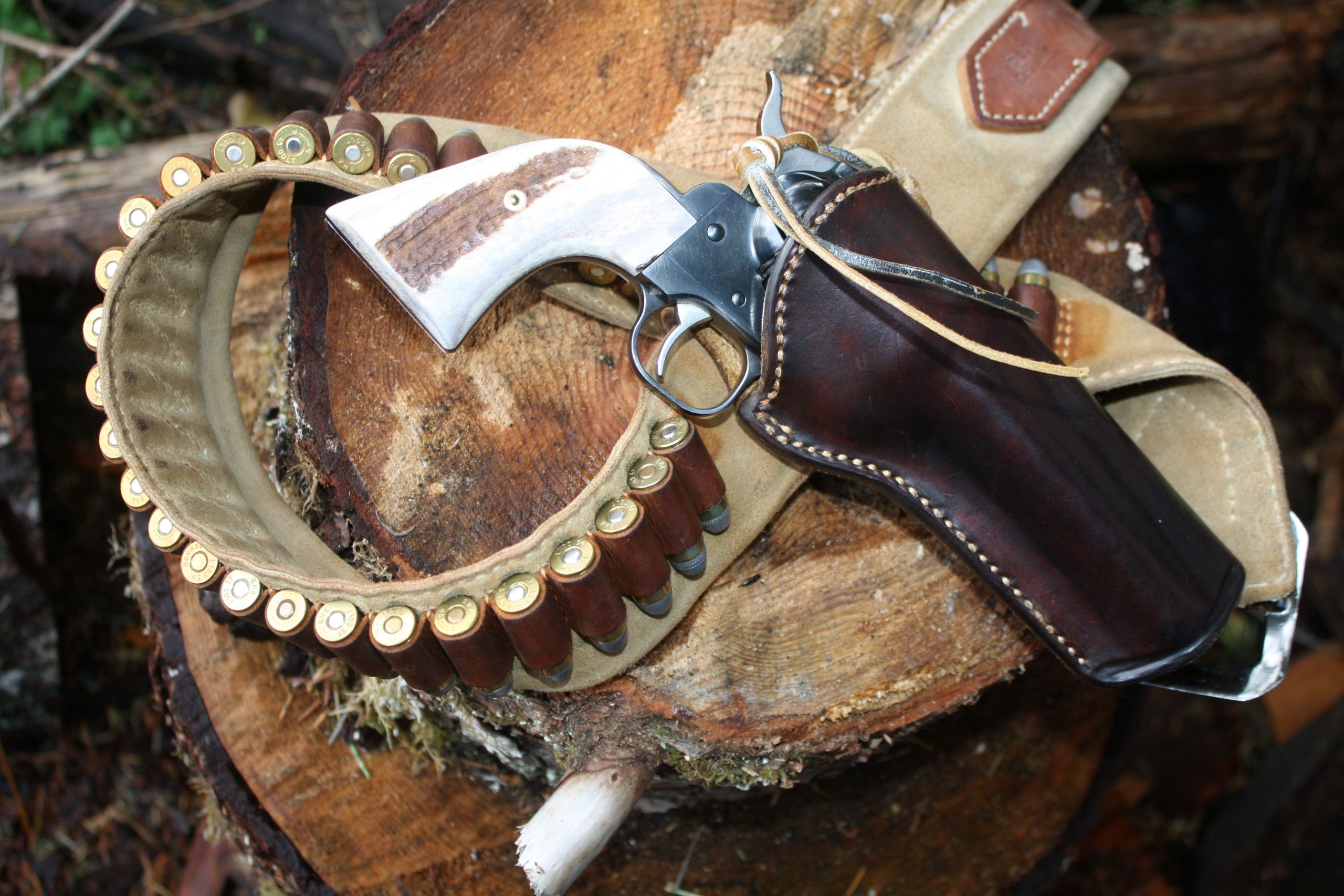
I have arrived at two personal conclusions:
- Handguns, regardless which type or caliber, require considerable and repeated practice. Improvement breeds confidence, and confidence breeds improvement.
- Leather is the best holster material. Other materials have lots of fans, but a good rig made from top quality leather has never let me down, and there have been plenty of opportunities. Whether a traditional belt holster for a revolver, a high-ride or IWB for concealment, an ankle rig or shoulder holster—which is actually an armpit holster—leather has a good track record.
For back country use anytime, and particularly during the hunting season, when carrying a revolver, my favored setup is a holster on a cartridge belt, which can also carry a sheath knife. Whether my sidearm is a .38 Special, .357 Magnum, .41 Magnum or .45 Colt, having spare ammunition is a must. Even when I happen to slide on a .22-caliber semi-auto, there is always one or two spare magazines to go along. Some years back, I built a 12-round belt slide cartridge carrier for my Ruger single-action in .32 H&R Magnum. Without spare ammunition, you’re packing a potential paperweight or a club.
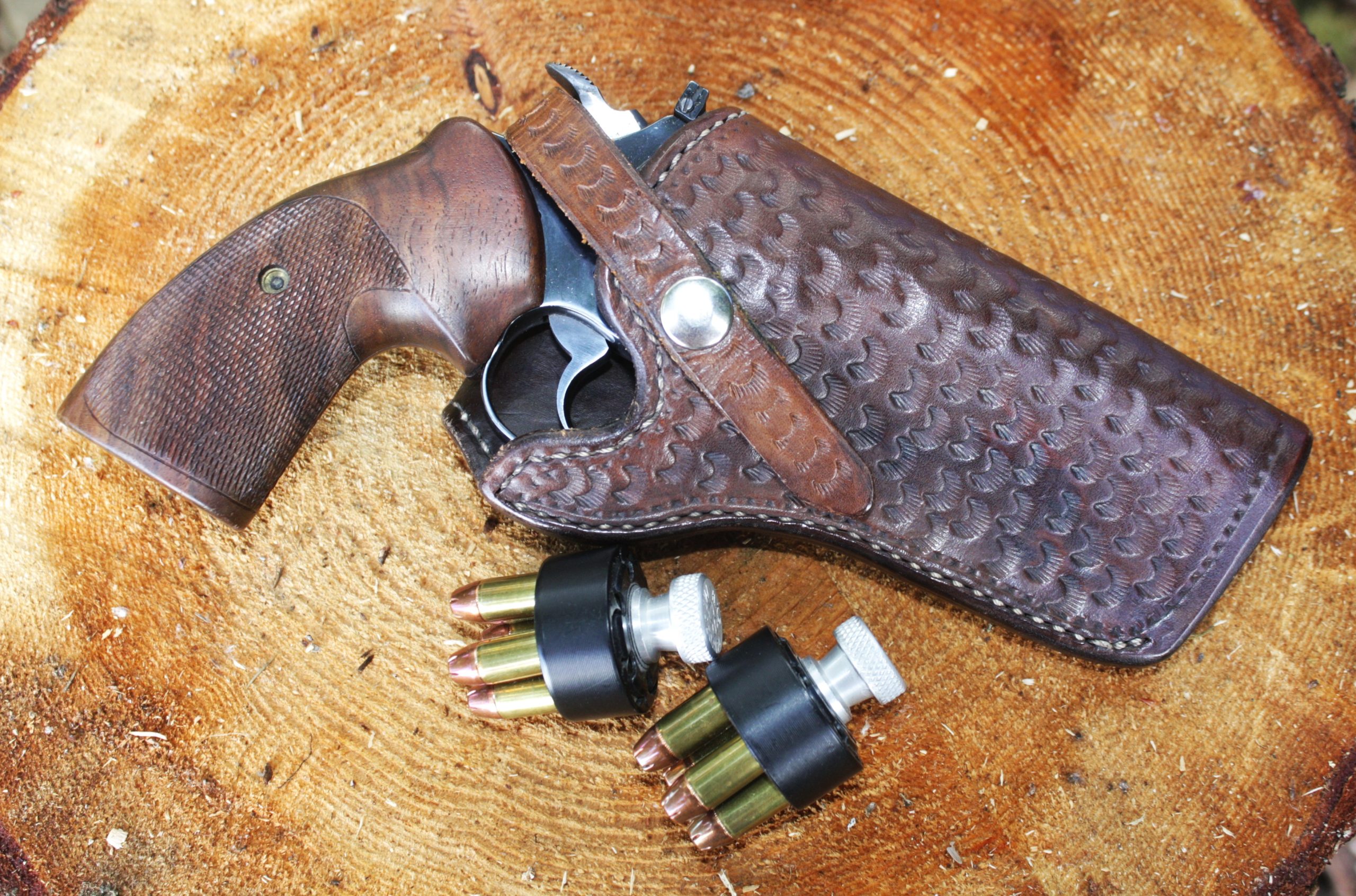
Treat every holster as a fine piece of important equipment, because you don’t want to be carrying a handgun just in your waistband.
My outdoor holsters all get an occasional oil rub, sometimes with an added dab of saddle soap inside and out to keep them pliable and keep out moisture. Same goes for my leather cartridge belts, except for the roughout belts, which get a shot of silicone spray on the surface, plus a bit of neatsfoot oil on the leather cartridge loops.
Another thing I learned along the way: Never holster an empty gun. Back in my wasted youth, on a couple of raccoon hunts with a mentor who also owned hounds, I made that error just once. There is no time to run back and find cartridges when things are popping. You need to be ready, which is why I bought a cartridge belt back in my teenage years. I believe my brother still has that belt and uses it, as he has not grown near as much around the waist as I have.
Good holsters allow for some degree of draw speed; that is, your handgun shouldn’t be jammed so tightly into a holster that it actually seems to cling to your gun when you need to have that iron out and ready. Many, if not most holster companies build good field rigs with a retention strap that goes over the gun and snaps shut. These can come off quickly when necessary, while otherwise holding your gun securely.
On my western rigs for single-action wheelguns, I actually prefer a hammer thong, although I know El Paso Saddlery, Bianchi, Galco, Barranti and others offer models with the strap, or a thumb snap.
Not Just Hunting
The sidearm has a place in the outdoors, and not just during hunting seasons. I routinely carry a handgun—typically a Model 19 Smith & Wesson in .357 Magnum—anytime I cut firewood in the spring. I live in an area with plenty of black bears, an occasional mountain lion and there was at least one wolf in the area, and where there is one of anything, there is often another.
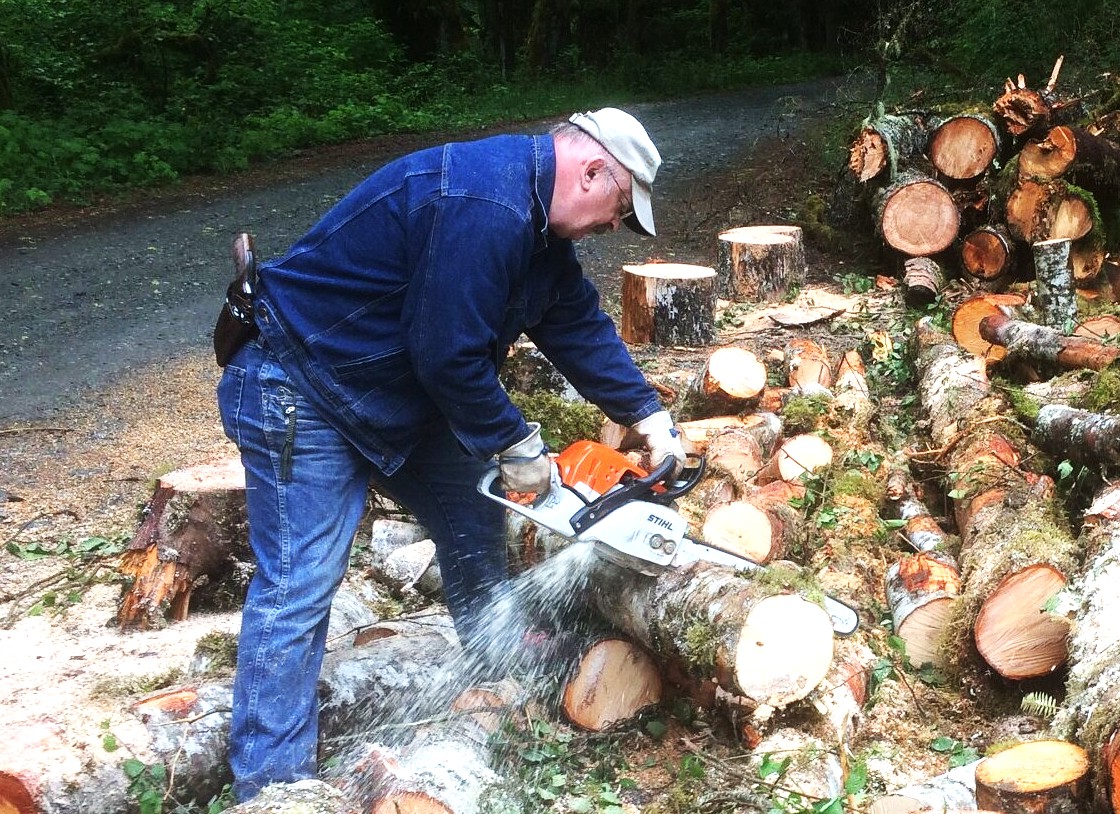
On the occasions I’ve gotten out to cast a fly somewhere during the summer months, there has always been a sixgun handy. Ditto when I may be hiking somewhere just to stay in some semblance of reasonably good physical condition.
The mere presence of a sidearm can deter unpleasantness with the rare troublemaker one might encounter, and on other occasions, it has afforded me the opportunity to educate a few folks about the utility of a handgun in the wilds, and the legality of it.
On two separate occasions I’ve been very glad to have a handgun, though ultimately nothing much happened. On one of those occasions, I had barely crawled into my sleeping bag one evening when something wandered right through my campsite. I could tell from the heavy breathing this was no small animal, and having a big bore Ruger Blackhawk within easy reach was definitely reassuring.
Maintenance
In the event your holster gets soaked, allow it to air dry rather than hanging it near the campfire or a lantern.
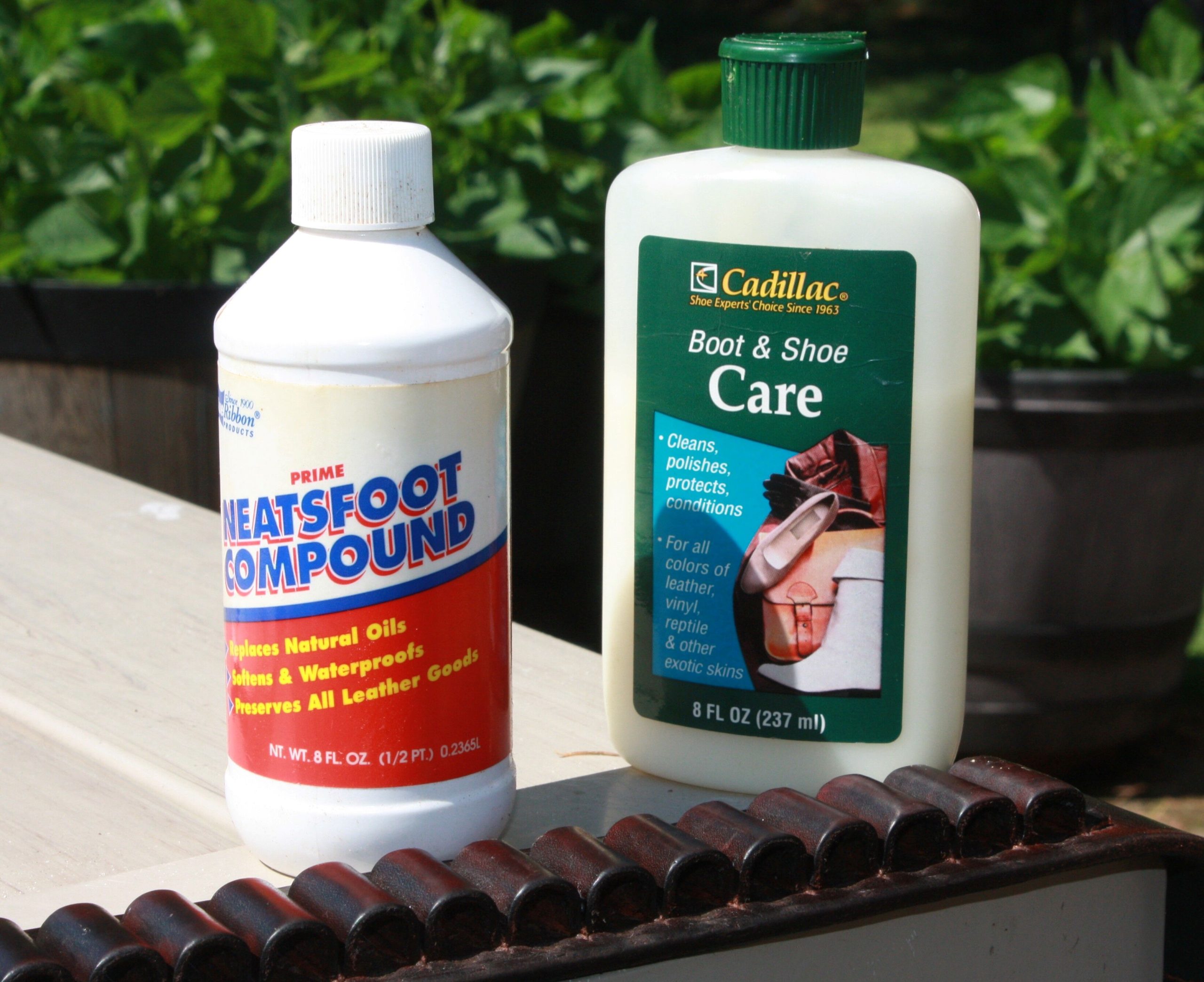
Keep your gun out of the holster and wrap it in a cloth overnight. By morning, everything should be fine.
The handgun, itself, should be given a wipe every evening and be aware that overnight in a warm tent or camper might produce condensation, so be prepared to wipe it down. Make sure the action is lubricated, s that displaces any condensation inside, where it does damage unnoticed until it may be too late.
A well-maintained revolver will last a lifetime, and so will a well-cared-for holster and cartridge belt. Wear them in good health!



